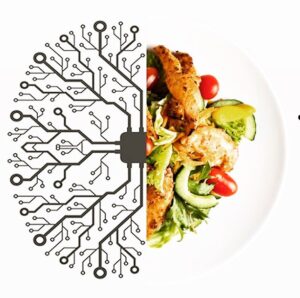How can artificial intelligence enhance food safety within the food industry?

Artificial intelligence (AI) holds significant promise for revolutionizing current food safety practices. It finds applications in predictive analytics for identifying foodborne pathogens and associated risks, detecting pathogens and indicator species, characterizing bacterial strains, and modeling microbial growth. AI, driven by machine learning and data analytics, has the potential to streamline essential food safety tasks, saving time, money, and expertise.
One notable area where AI excels is predictive analysis, which identifies times and locations at higher risk for foodborne illnesses. By analyzing diverse factors, including historical data and environmental conditions, AI can forecast potential contamination threats. These forecasts contribute to optimizing testing schedules, interventions, and decision-making in water treatment and harvesting.
AI also plays a crucial role in the accurate identification of viruses, utilizing spectrum analysis and image-based detection techniques. This expedites the detection process and lowers detection thresholds, enabling early intervention in food safety.
Enhanced bacterial isolate identification and classification are further benefits of AI-based approaches. Utilizing Raman spectroscopy, hyperspectral imaging, and AI algorithms, it becomes easier to categorize and differentiate bacterial species accurately, aiding in the early detection of potential foodborne infections.
AI's contribution extends to estimating microbial levels in various environments, facilitating microbial growth modeling. This supports informed decision-making regarding control strategies and the implementation of 'food safety by design' techniques, where AI assists in developing formulations that inhibit pathogen growth.
Moreover, AI aids in metagenomics data analysis, enabling the study of bacterial population dynamics. It offers insights into microbial taxa and communities, helping understand how different microorganisms interact within a population and forecast the effectiveness of bio preservatives as foodborne disease control measures.
In summary, AI has the potential to significantly enhance food safety by improving detection, prediction, and decision-making systems. Realizing this potential necessitates collaborative efforts to address challenges and foster partnerships among stakeholders, ultimately leading to safer food production and distribution.

